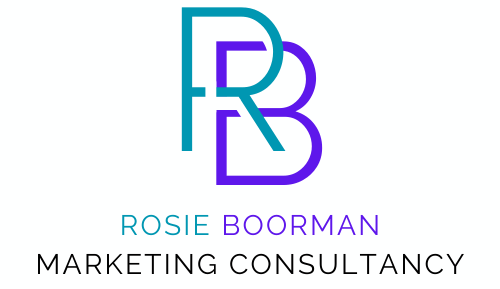In an increasingly competitive marketplace, businesses can no longer afford to rely on guesswork or one-off campaigns to attract customers. To achieve sustainable growth, you need a clear, structured, and measurable approach—and that’s where strategic marketing planning comes in.
Strategic marketing planning is the process of defining your business goals, understanding your market, and creating a roadmap to achieve measurable results. It’s not just about advertising—it’s about aligning every marketing effort with your long-term business objectives.
1. Provides Clear Direction
Without a plan, marketing can become reactive and disjointed. A strategic marketing plan outlines your objectives, target audience, and tactics, ensuring every action has a purpose. This clarity helps teams work towards the same goals and avoids wasted resources.
2. Aligns Marketing with Business Goals
Marketing should never exist in isolation. Strategic planning ensures that campaigns support your wider business objectives, whether that’s increasing sales, expanding into new markets, or strengthening brand reputation.
3. Improves Resource Allocation
Budgets, staff time, and marketing channels are all finite resources. A well-developed plan helps prioritise activities that offer the highest return on investment, avoiding unnecessary spending on low-impact efforts.
4. Enhances Market Understanding
Strategic planning involves researching your industry, competitors, and customers. This insight helps you identify opportunities, anticipate challenges, and respond proactively to market changes.
5. Supports Consistency and Brand Cohesion
Consistent messaging and brand identity are vital for building trust. A marketing plan ensures all communications—whether on social media, email, or print—reflect your brand’s values, tone, and visual identity.
6. Enables Measurable Results
By setting clear KPIs (Key Performance Indicators), you can track progress and assess what’s working. This data-driven approach allows for continuous improvement and smarter decision-making.
7. Increases Agility in a Changing Market
While strategic planning sets the direction, it also allows flexibility. If market conditions shift, you can adapt your tactics while still working towards your core objectives.
Steps to Create a Strategic Marketing Plan
- Define your business goals – Know what you want to achieve in the short and long term.
- Conduct a situation analysis – Use tools like SWOT (Strengths, Weaknesses, Opportunities, Threats) to assess your position.
- Identify your target audience – Understand who you’re trying to reach and what they value.
- Set measurable objectives – Use SMART goals (Specific, Measurable, Achievable, Relevant, Time-bound).
- Choose your marketing mix – Select the channels and tactics that best reach your audience.
- Allocate resources – Budget and assign responsibilities.
- Measure and refine – Track results and adjust your plan as needed.
Final Thoughts
Strategic marketing planning transforms marketing from a series of disconnected activities into a focused, results-driven process. It helps businesses stay competitive, maximise resources, and build stronger relationships with their customers.
In today’s fast-moving business environment, having a plan isn’t just helpful—it’s essential.


No responses yet